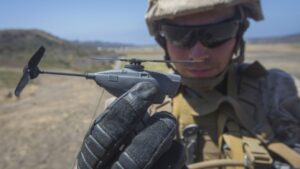
Two Inches of Surveillance: The tiny drone providing big intelligence
Its two‑kilometer range ensures it can scout ahead, providing a safe buffer between Israeli troops and potential ambushes.

Its two‑kilometer range ensures it can scout ahead, providing a safe buffer between Israeli troops and potential ambushes.
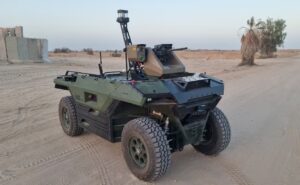
It not only frees personnel for other missions but also dramatically reduces risk.
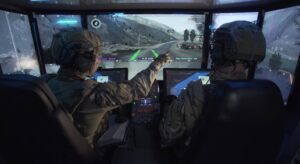
IDF tanks now have cutting-edge technology, enhancing situational awareness, target acquisition, and overall battlefield effectiveness.

It can conduct a wide variety of tasks including mine countermeasures, anti‑submarine warfare, electronic warfare and more.

By exploiting AI’s ability to mimic authenticity, Israel’s enemies turned digital platforms into battlegrounds for disinformation.
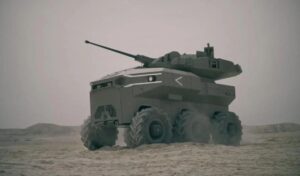
The IDF has become one of the first militaries in the world to deploy weaponized ground robots in live combat.

One of its primary roles is monitoring Iran’s nuclear program and missile facilities.
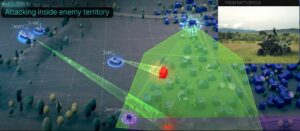
Carmel works by linking unmanned ground vehicles, aerial drones, and sensor arrays into a single digital network.

Exo‑atmospheric missile defense systems are vital because they intercept ballistic missiles in space before re‑entry.

Unlike most tanks, which prioritize firepower and speed, the Merkava was designed to maximize crew survivability.
During the recent war with Iran UAV missions accounted for an extraordinary 50 percent of all IDF strike operations.
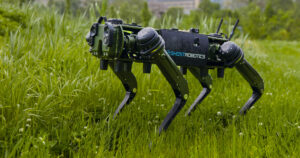
They cost a whopping $165,000 each.
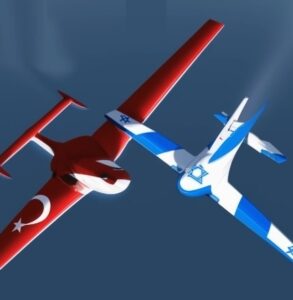
Both nations see drones as strategic tools for regional influence.

Israel has responded by advancing two parallel solutions – the Arrow 4 and the SkySonic Interceptor.

One of the most advanced creations is the Jaguar, a semi‑autonomous ground robot developed by the IDF and IAI.

Their ability to overwhelm enemy defenses and deliver pinpoint strikes gives Israel a critical edge in maintaining deterrence.
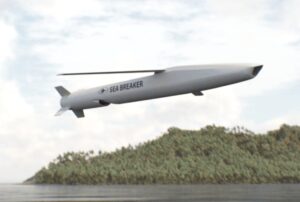
Unlike its rivals, it autonomously locks onto moving ships, adapts mid‑course, and ensures single‑hit lethality, even in GPS‑denied environments.

Not only a tank, it’s a mobile command center, capable of linking with drones, infantry, and other armored units in real time.

Unlike other solutions – Goshawk captures drones intact rather than destroying them.

To achieve this capability, Israel must overcome several technical hurdles.